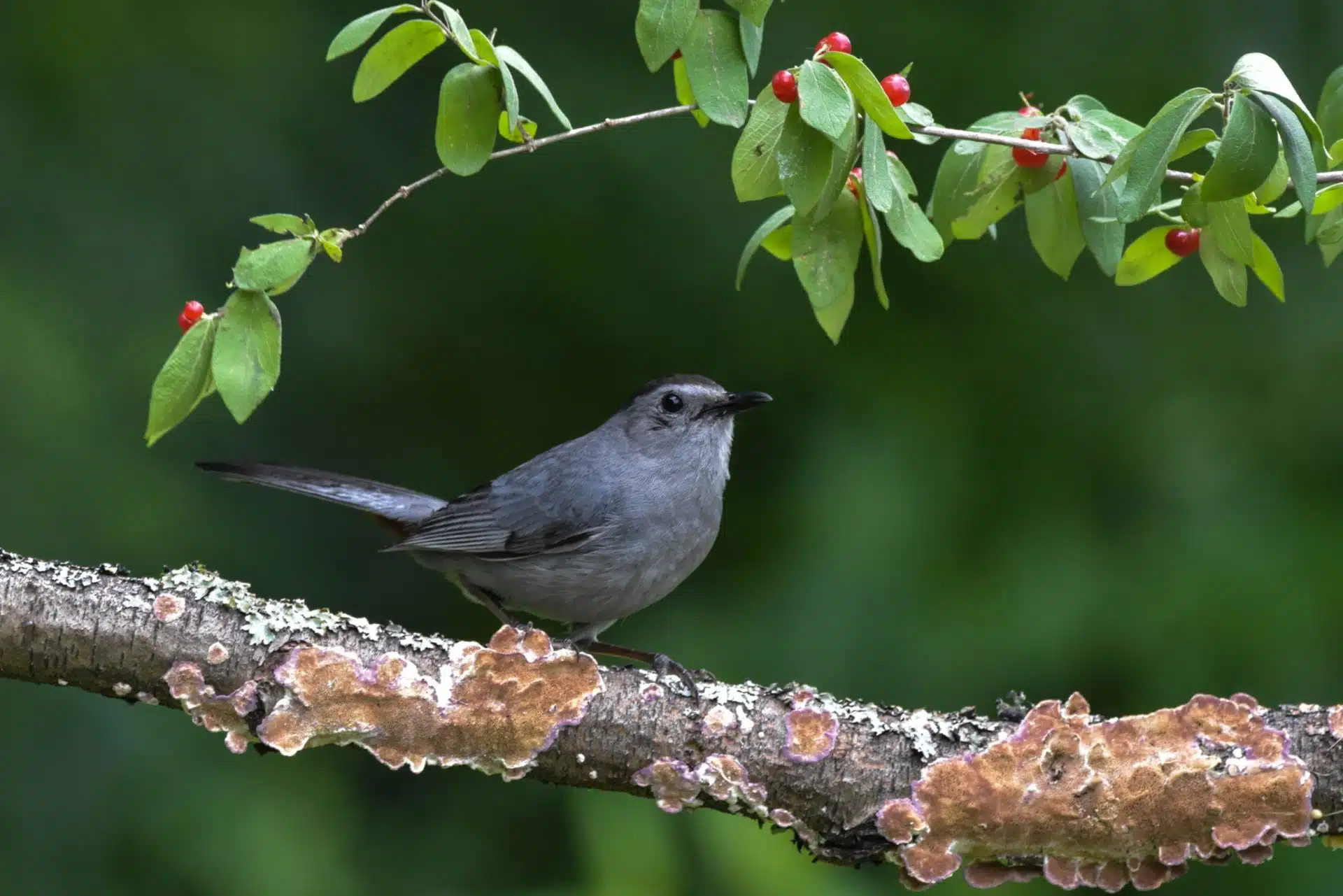Birds
Gray Catbird
Dumetella carolinensis

Best Location to View: Blueberry Pond, Display Garden
Range: Canada, Mexico, North America, South America
Size: Small
Wingspan: Small
Dumetella carolinensis

Best Location to View: Blueberry Pond, Display Garden
Range: Canada, Mexico, North America, South America
Size: Small
Wingspan: Small
People for Trees™
Plant and care for a tree beginning with making a pledge. We will support each pledge with easy-to-follow instructional toolkits, guidance on how to select the most appropriate tree and where to purchase it, free virtual classes and other ongoing support.
Make a pledgePopular searches:
Time: 1767657600 / Saved: 1767657600
Views (7 day(s) ago): 7
Views (6 day(s) ago): 8
Views (5 day(s) ago): 6
Views (4 day(s) ago): 9
Views (3 day(s) ago): 5
Views (2 day(s) ago): 9
Views (1 day(s) ago): 8
Views (Today): 6